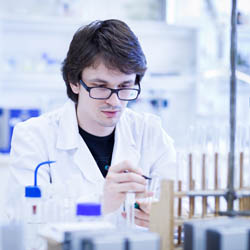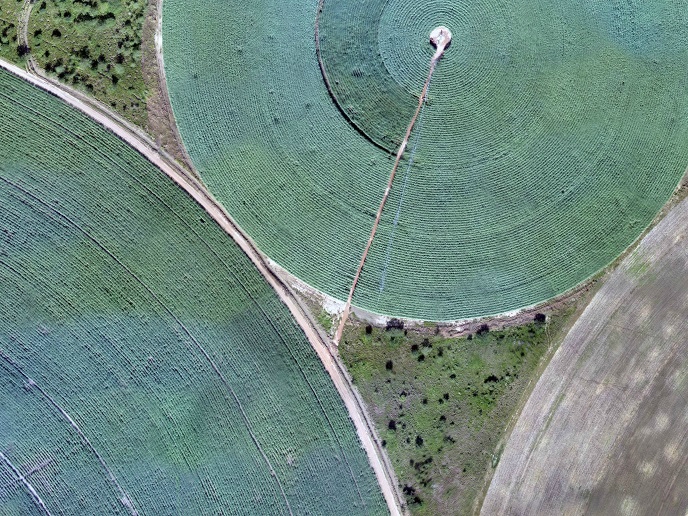New horizons for translational research in medicine
Throughout Europe, there is an increasing incidence of cancer, cardiovascular and other diseases like Alzheimer due to higher life expectancy and changes in lifestyle. At the same time the cost of drug development has risen significantly, with declining innovation. Therefore, it is essential to develop new innovative, cost-effective technologies, products and treatment options for patients. In order to generate such new solutions, basic research results have to be “translated” into clinical applications. But biomedical research discoveries stay too often in labs and journals instead of resulting in groundbreaking new therapies and diagnostics. Accelerating and optimizing this translational process is the aim of EATRIS, the European Advanced Translational Research Infrastructure in Medicine. The project worked on creating a globally competitive European infrastructure for biomedical translational research, outlining a sustainable plan to operate after the funding period. The infrastructure was designed to offer open access to cutting-edge facilities for the biomedical research community in translational research. To achieve its aims, EATRIS built links with users from academia, the public sector and industry, creating a strong consortium of translational centres across Europe. It overcame fragmentation along the translational research pathway by creating powerful multidisciplinary teams, fostering knowledge exchange and standardisation in the field as well. This was supported by training of the next generation of translational researchers and building strong partnerships between academia and industry. Overall, the project joined the potential of facilities that are geared to take up biomedical discoveries and develop them further up to first-in-human clinical studies. The infrastructure brought together state-of-the-art translational research facilities like advanced animal models for the preclinics, high-resolution imaging for clinical validation as well as small molecule screening to identify new drug candidates. EATRIS also makes available state-of-the art facilities building on expensive equipment such as a cyclotron. Production of tracers for diagnostics and efficient therapy development, in addition to 'omics' screening facilities for biomarkers and personalised medicine are also services on offer through this project. Numerous dissemination activities, from published articles and hosting conferences to launching a comprehensive website, communicated the various capabilities and potential offered by the new infrastructure which now operates from its coordination & support site in Amsterdam, the Netherlands. This translational research infrastructure thus contributes to improving human health and quality of life.







